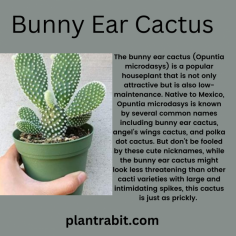
Because they produce their own food, plants are autotrophs. They accomplish this through photosynthesis, a process that turns light energy and carbon dioxide into nutrients like sugars. Chloroplasts, which are cellular organelles that house chlorophyll and carotenoids, molecules that absorb light energy and transform it into a usable form, are where photosynthesis takes place. On the other hand, heterotrophs are organisms that depend on eating other organisms to survive because they are unable to produce their own food. Several heterotrophs consume plants. Animals that have consumed plants are eaten by other heterotrophs. In many ecosystems, plants are the primary producers, which makes them essential to the survival of many other organisms. In addition, oxygen is a byproduct of photosynthesis and is essential for the survival of numerous organisms. Without plants, we couldn't survive.

